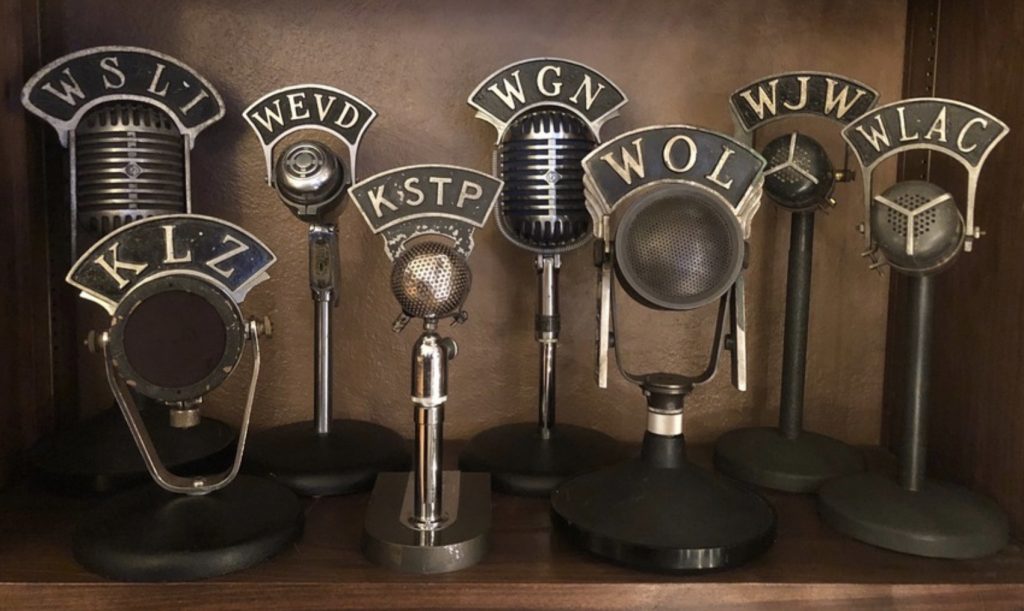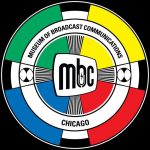Chicago's Museum of Broadcast Communications has been closed to the public due to the pandemic, but behind the scenes they're working on a major new exhibit to open later this year.
Starting in March the museum will kick off a yearlong celebration marking the 100th anniversary of radio in the United States.
It will begin with a series of panel discussions and related content online to be followed with a full-scale public display planned to open at the end of May, according to Susy Schultz, executive director of the museum.
Guiding the museum's effort is an advisory board of academics and industry professionals drawn from across the U.S. and Canada, Schultz said.
"What we want to do is look at this as not just who are the celebrities, which is very important, but that’s often where people stop," Schultz told Hannah Stanley and Fred Weintraub on “The Hannah and Fred Show" Sunday. "We want to look at the business of radio and the science of radio, and its power and impact."
By most accounts commercial broadcasting in the U.S. began the night of November 2, 1920, when Pittsburgh’s KDKA Radio carried results of the presidential election between Warren G. Harding and James M. Cox.
Within two years there were more than 500 licensed stations across the country (including Zenith Radio Corporation’s WJAZ in Chicago). By 1954, there were more radio receivers in the world than printed daily newspapers, according to the Federal Communications Commission.
The Museum of Broadcast Communications, founded in 1987, is located at 360 North State Street. It also houses the Radio Hall of Fame.
Monday’s comment of the day: Dave Dinardo: Bravo, Brandis [Friedman], Paris [Schutz] and Phil [Ponce] for sticking up for true journalism. Only makes me respect "Chicago Tonight" and WTTW even more.



